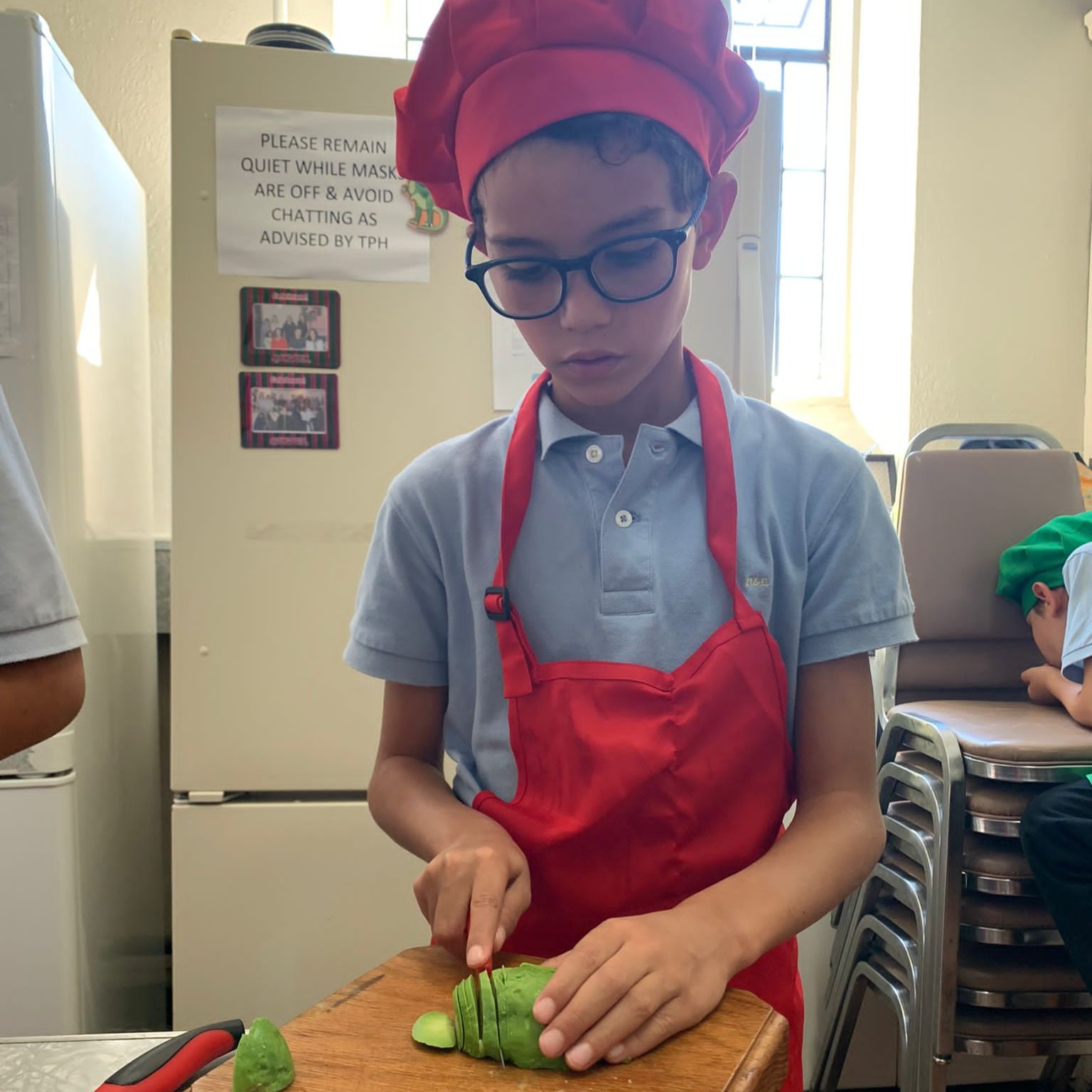We've opened up spots to book in-person tours!
The Montessori Curriculum
WE MAKE LEARNING COME ALIVE!
“Free the child’s potential and you will transform him into the world”- Maria Montessori
Practical Life
These activities comprise of care of the person, caring for the environment and lessons in grace and courtesy. These exercises include activities such as pouring, sorting, sewing buttons, carrot peeling, serving, mirror polishing and many other activities using real life objects in a child sized environment. These activities encourage good work habits, increase
concentration, independence, and develop coordination. The Practical life activities
prepare the child for all other subject areas of the classroom.

![]()
Experiencing the flesh of pumpkin seeds.
Sensorial
It is through the five senses that the sensorial materials prepare the child to sharpen their abilities in learning reading, writing and mathematics. For example the child who has
perceived the subtle differences of sounds in the sound cylinders will be more likely to perceive subtle differences in the phonetic sounds of letters. The grasping of small knobs on
equipment enables a child to gain control over the small finger muscles he will use for writing. Using the senses to explore the diverse materials designed using variable dimension, color, shape, texture and smell, develops all faculties of intelligence.
![]()
Language
Language is explored phonetically in a Montessori classroom. Initial alphabet sounds are first introduced through the sandpaper letters and matching objects. After the children learn a few sounds, they are then introduced to blending exercises with the moveable alphabet. The metal insets are an exercise used to refine pencil control and help to improve writing skills.

![]()

Mathematics
We use hands on materials to provide the child with a simple and clear understanding of the mathematical concepts being taught; examples are: number rods, sandpaper numbers, number boards, number beads, tiles and games. Each exercise builds upon another gradually guiding the child’s mathematical mind from the concrete into the more abstract areas of numeration.
![]()
Cultural
The cultural area is divided into geography, history, nature and science. There are many geography materials in the classroom to teach a child their place in the world. History assists a child in learning about the concept of change. By looking at the seasons, studying theweather and changing the calendar daily it helps the child to establish a cycle of time. Children are encouraged to bring things to put in our nature area. When a child’s birthday arrives there is a special lesson that occurs: a representation of the sun is placed on
the floor and the birthday child holds the globe and walks around.

